I thought this was of interest, a story sent to me by my very very good friend (and wicked smart-librarian) James:
Much of the world gets to celebrate today as Public Domain Day as well, the day when a whole year’s worth of copyrights enter the public domain for anyone to copy or reuse as they like.
In countries that use the “life plus 50 years” minimum standard of the Berne Convention, works by authors who died in 1957 enter the public domain today. That includes writers, artists, and composers like Nikos Kazantzakis, Diego Rivera, Dorothy L. Sayers, Jean Sibelius, and Laura Ingalls Wilder.
In countries that use the “life plus 70 years” term, works by authors who died in 1937 enter the public domain, including works by J. M. Barrie, Jean de Brunhoff, H. P. Lovecraft, Maurice Ravel, and Edith Wharton. Since many countries with this term recently extended it due to trade agreements, they’re often seeing these works re-enter the public domain after being removed from it, but their return to the public is still appreciated.
In countries like the US and Australia, which are under 20-year freezes of all or most of the public domain, it’s not quite as momentous a day. Here in the US, like Bill Murray in Groundhog Day, we’re once again waking up to a public domain 1922, as we have since 1998. Our next mass expiration of copyrighted published material is scheduled for New Year’s Day 2019, 11 years from now.
I did not know this, did not even know about the freeze. Huh!
I cannot even begin to fully understand the why/how of this. Anyone care to explain?
(Thanks James!)
Subscribe to:
Post Comments (Atom)
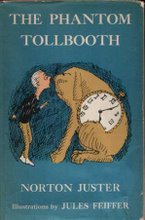

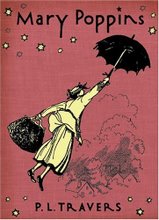

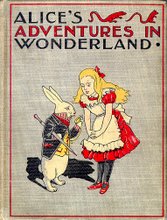
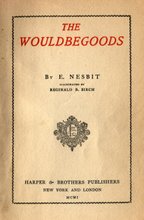
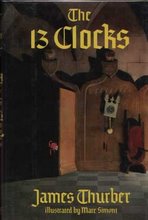




4 comments:
The short answer is Disney. The freeze keeps Mikey from hitting the public domain, as he was created in 1928 and I think he was scheduled to hit the public domain under old laws by now.
I should say that it's not Mickey that will hit the public domain, but the cartoons, as Mickey's a trademark and not a copyright
Correct.
The Copyright Term Extension Act (CTEA) of 1998 – alternatively known as the Sonny Bono Copyright Term Extension Act, Sonny Bono Act, or pejoratively as the Mickey Mouse Protection Act – extended copyright terms in the United States by 20 years. Before the Act (under the Copyright Act of 1976), copyright would last for the life of the author plus 50 years, or 75 years for a work of corporate authorship; the Act extended these terms to life of the author plus 70 years and for works of corporate authorship to 120 years after creation or 95 years after publication, whichever endpoint is earlier.[1] The Act also affected copyright terms for copyrighted works published prior to January 1, 1978, also increasing their term of protection by 20 years, to a total of 95 years from publication.
This law effectively 'froze' the advancement date of the public domain in the United States for works covered by the older fixed term copyright rules. Under this Act, additional works made in 1923 or afterwards that were still copyrighted in 1998 will not enter the public domain until 2019 or afterwards (depending on the date of the product) unless the owner of the copyright releases them into the public domain prior to that or if the copyright gets extended again. Unlike copyright extension legislation in the European Union, the Sonny Bono Act did not revive copyrights that had already expired. The Act did extend the terms of protection set for works that were already copyrighted, and is retroactive in that sense. However, works created before January 1, 1978 but not published or registered for copyright until recently are addressed in a special section (17 U.S.C. § 303) and may remain protected until 2047. The Act became Public Law 105-298 on October 27, 1998.
Oy.
Post a Comment